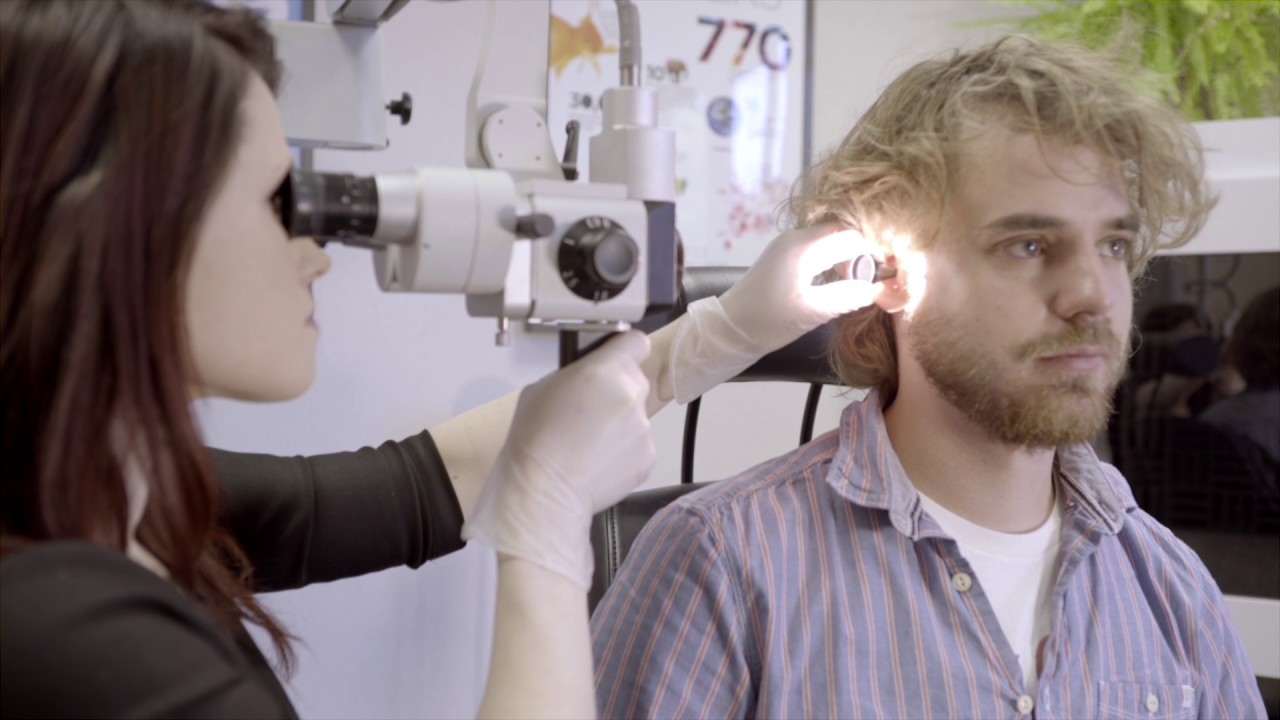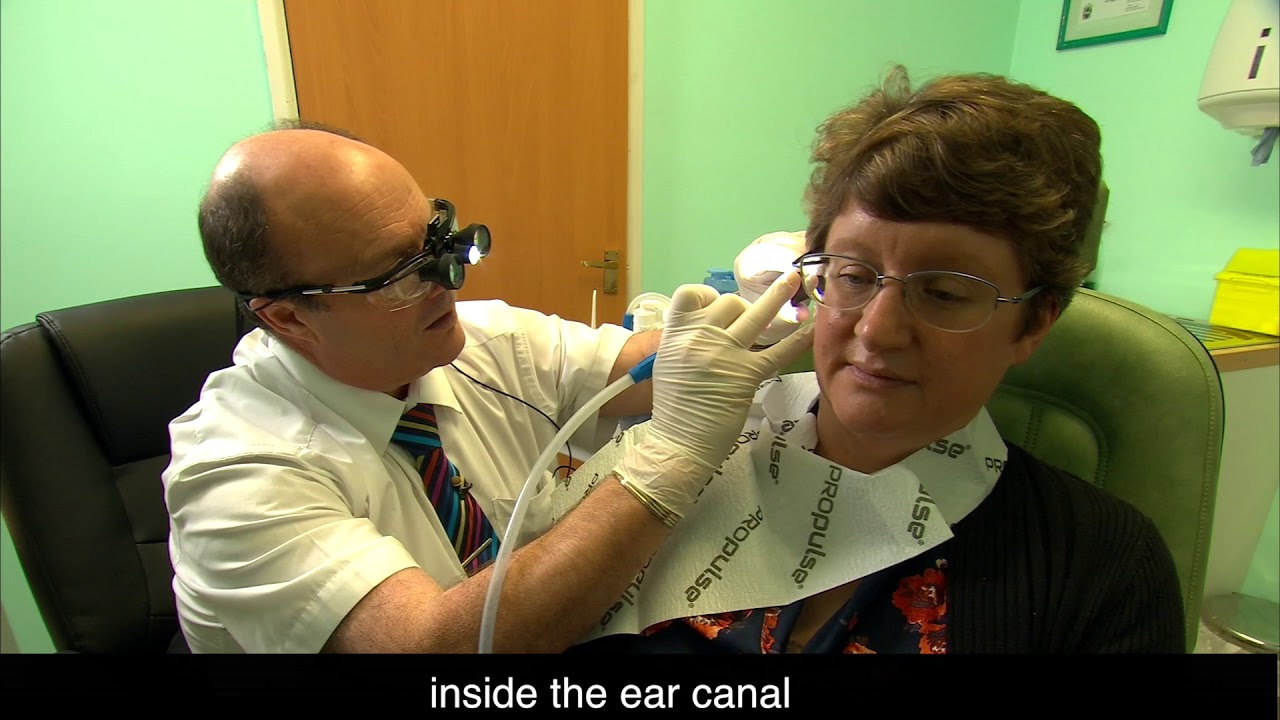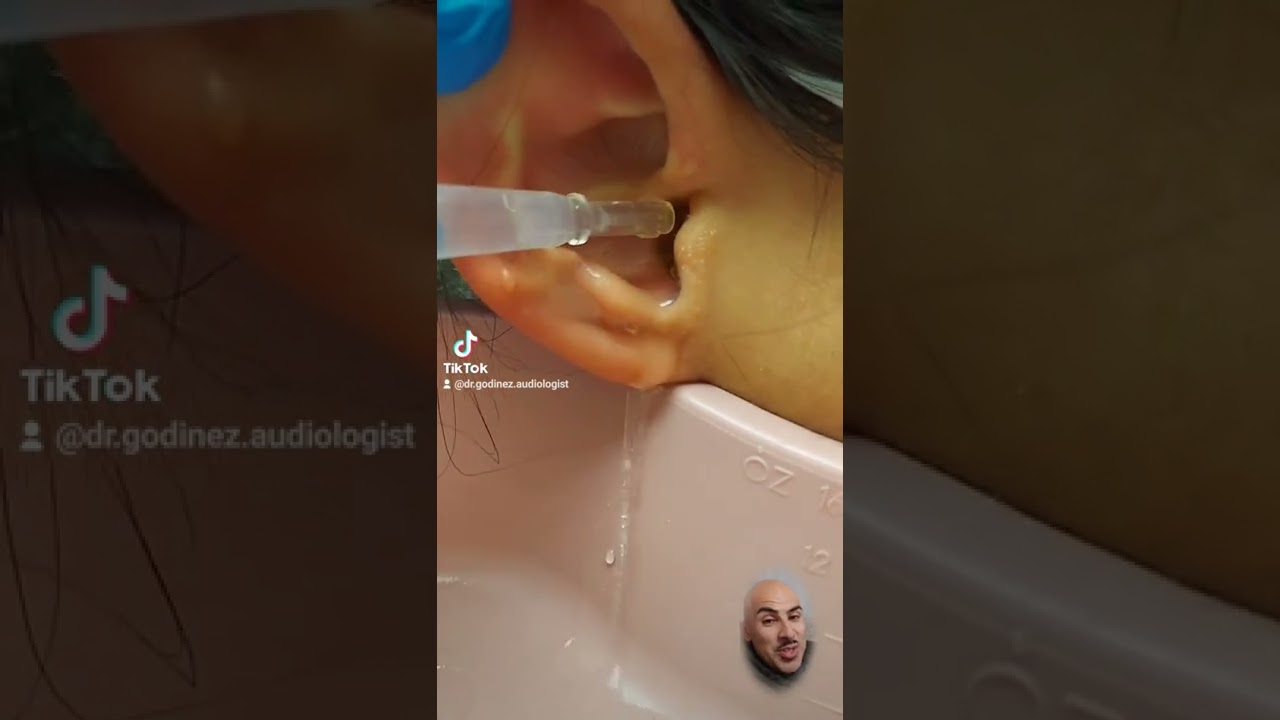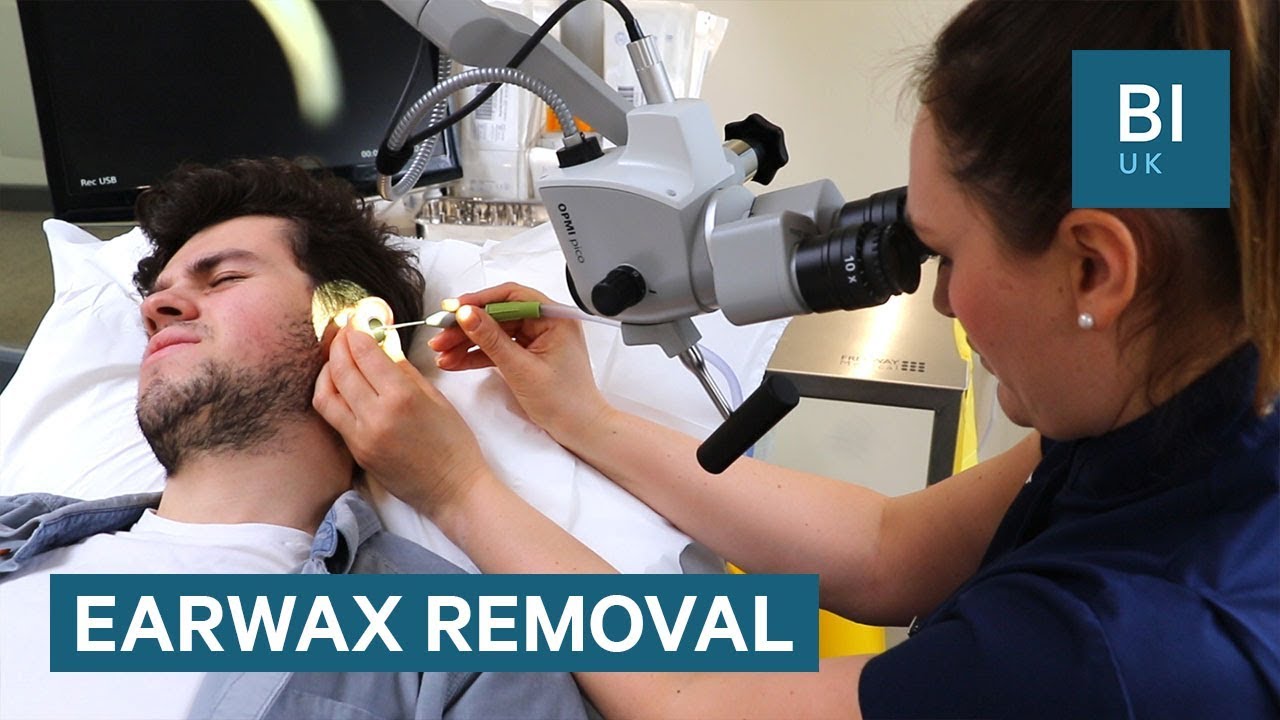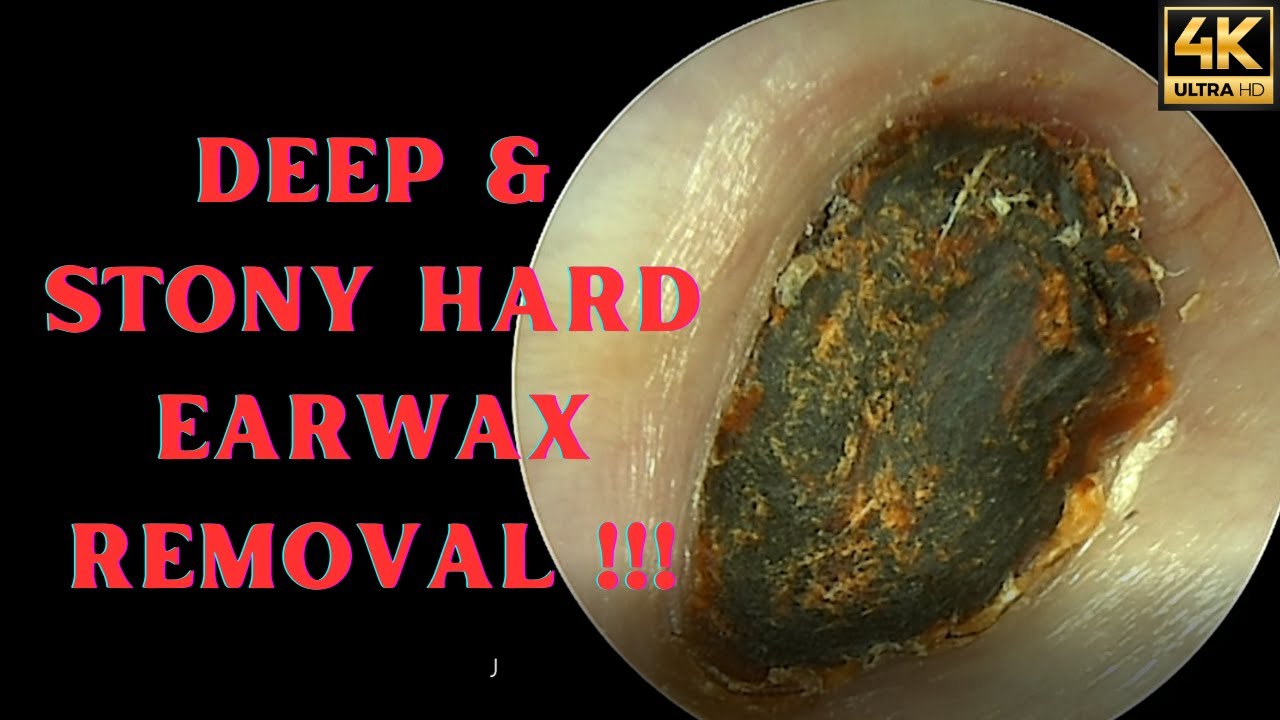In-Depth Analysis of Overtime Regulations Affecting Healthcare Professionals
Understanding the Legal Framework Surrounding Overtime in Healthcare
The Working Time Regulations 1998 fundamentally govern the management of overtime regulations within the United Kingdom, significantly impacting the demanding healthcare sector. This essential legislation outlines permissible working hours for employees while specifying their rights related to crucial rest breaks and equitable overtime compensation. Healthcare professionals face distinct challenges due to the nature of their responsibilities, which often leads to heightened requirements for overtime. A comprehensive understanding of these regulations is imperative for both employers and employees to ensure legal compliance and fair treatment within the workplace. The regulations cap the average working week at 48 hours, applicable to all workers, including those in healthcare. However, many healthcare professionals, particularly doctors and nurses in critical care, may fall under exemptions from this rule.
To align with these regulations, healthcare organisations must adopt proactive strategies. This includes meticulously documenting working hours and ensuring all staff are adequately informed about their rights and responsibilities regarding overtime. The importance of these regulations cannot be overstated, as they are designed specifically to safeguard the health and wellbeing of employees—a critical aspect in the demanding field of healthcare.
Clarifying Maximum Working Hours for Healthcare Professionals
The establishment of a 48-hour workweek limit, as outlined by the Working Time Regulations, plays a pivotal role in managing overtime for healthcare workers. It is crucial for employers to grasp how this limit interacts with the unique demands encountered in healthcare environments. The regulations allow the averaging of hours over a reference period, enabling staff to exceed 48 hours in a single week, provided the average does not surpass this cap over the designated timeframe. This flexibility is particularly beneficial in healthcare, where the requirements of patient care can fluctuate considerably.
However, it is vital to monitor that employees do not consistently exceed this limit, as persistent overwork can lead to burnout and negatively impact the quality of patient care. Conducting routine evaluations of staff schedules can highlight patterns that may require adjustments. For example, if a particular department frequently demonstrates high levels of overtime, it may be necessary to reassess staffing levels or adopt improved forecasting methods to better predict patient demand.
Identifying Exemptions and Voluntary Opt-Out Options
Healthcare professionals are granted specific exemptions under the Working Time Regulations, mainly designed for roles requiring immediate availability. For instance, doctors and nurses may voluntarily choose to opt out of the 48-hour workweek cap. Nonetheless, both employers and employees need to fully understand the implications of such opt-outs. This decision should not be made lightly, as it could lead to extended working hours that may adversely affect personal health and job satisfaction.
The process of opting out should be transparent and thoroughly documented, ensuring that employees fully comprehend their rights and that there is no undue pressure to make this decision. Employers are legally obligated to monitor the health and wellbeing of employees who opt out, to mitigate the risks linked with prolonged working hours. Instituting regular feedback mechanisms can ensure that those who have chosen to opt out continue to work in a safe environment, ultimately contributing to more sustainable staffing solutions.
Ensuring Equitable Overtime Compensation for Healthcare Workers
Compensation for overtime in the healthcare sector often encompasses complexities that are less common in other industries. The standard approach dictates that overtime should be compensated at a higher rate than regular hours, which can significantly aid in attracting and retaining skilled professionals. Generally, healthcare organisations adhere to specific policies that detail the calculation of overtime pay, often providing staff with time and a half or double time for hours worked beyond their standard schedules.
It is imperative for these organisations to establish explicit policies regarding overtime compensation to avert disputes and ensure fairness among staff members. Transparency in the calculation of overtime fosters trust between employees and management. Furthermore, some organisations may implement bonus schemes to incentivise staff who voluntarily take on additional hours, thereby alleviating the overall impact of overtime on staffing levels.
Establishing Effective Monitoring and Compliance Systems for Overtime
To ensure compliance with overtime regulations, healthcare organisations must implement robust monitoring systems. Regular audits of working hours can help recognise patterns of excessive overtime, empowering management to take corrective action before issues escalate. These organisations should utilise reliable timekeeping systems that accurately track staff hours, including overtime. Such systems must be accessible to both employees and management to promote accountability.
In addition to tracking hours, healthcare organisations should create reporting mechanisms to provide insights into overtime trends. These reports can identify departments that frequently exceed overtime limits and may necessitate additional staffing resources. Compliance checks should be an integral part of operational processes, ensuring that all staff members operate within the legal frameworks established by the Working Time Regulations. Regular training on overtime policies and compliance can further emphasise the significance of adhering to these regulations, fostering a culture of accountability and responsibility.
Strategic Scheduling and Planning for Effective Overtime Management
Creating Effective Rotational Schedules for Healthcare Teams
Developing effective rotational schedules is crucial for managing overtime within healthcare environments. An optimal scheduling approach not only helps to minimise excessive overtime but also enhances staff wellbeing and job satisfaction. Rotational schedules enable healthcare professionals to distribute workloads effectively, ensuring that no individual employee is constantly faced with overtime responsibilities. By employing a rotation system, healthcare facilities can equitably allocate night shifts, weekends, and holiday work among staff, thus reducing fatigue and burnout.
It is vital to consider the unique requirements of various departments when formulating these schedules. For instance, critical care units may have differing demands compared to outpatient services, necessitating tailored scheduling approaches. Utilising scheduling software can significantly enhance the efficiency and accuracy of this process, allowing managers to forecast staffing needs based on patient demand trends. Furthermore, involving staff in the scheduling process can foster greater acceptance of assigned shifts and improve overall team morale.
Evaluating and Sustaining Ideal Staffing Levels in Healthcare
Regularly assessing and maintaining appropriate staffing levels is essential for minimising the need for overtime within healthcare settings. Consistent evaluations of patient load and staff availability should guide staffing decisions, ensuring that enough healthcare professionals are present to meet patient needs without placing undue strain on existing employees. Healthcare organisations can adopt various strategies to determine optimal staffing levels, such as analysing historical data on patient admissions, seasonal trends, and peak healthcare demands.
Incorporating flexible staffing models, such as on-call personnel or part-time workers, can also relieve pressure from full-time employees. This adaptability aids in managing unexpected surges in patient volume without resorting to overtime. Additionally, organisations should consider employee feedback regarding staffing levels, as frontline staff often have the clearest insights into operational needs. By proactively addressing staffing levels, healthcare organisations can cultivate a more sustainable work environment, ultimately leading to enhanced patient care outcomes.
Effective Demand Forecasting Techniques in Healthcare
Proficiently forecasting patient demand is crucial for planning staff schedules and reducing overtime in healthcare settings. By analysing historical trends and employing data analytics, healthcare managers can more accurately predict patient inflow. This proactive approach enables better resource allocation and staffing decisions, ensuring that healthcare professionals are present when and where they are most needed.
Utilising a blend of quantitative data, such as patient admission rates, alongside qualitative insights regarding seasonal factors influencing healthcare usage, can yield more precise forecasts. For instance, understanding the typical seasonal increase in flu cases can assist healthcare institutions in ensuring adequate staffing during peak periods. Furthermore, collaborating with local health authorities can provide valuable insights into broader public health trends that impact demand. By anticipating needs, healthcare organisations can mitigate reliance on overtime, promoting a healthier work-life balance for staff.
Monitoring and Tracking Overtime with Precision
Implementing Reliable Timekeeping Systems in Healthcare
Establishing accurate timekeeping systems is essential for effectively tracking healthcare staff overtime hours. Such systems not only guarantee compliance with legal regulations but also offer valuable data for management concerning resource allocation and scheduling. Efficient timekeeping solutions should be user-friendly, mobile, and capable of integrating with existing human resources software, ensuring that all employee hours, including overtime, are accurately recorded and readily available for reporting.
Conducting regular audits of timekeeping records can help identify discrepancies or patterns indicative of excessive overtime, enabling timely corrective actions. Additionally, encouraging staff to routinely review their own hours fosters accountability and transparency throughout the process. By adopting a robust timekeeping system, healthcare organisations can significantly enhance their capacity to manage overtime effectively, leading to improved operational efficiency and employee satisfaction.
Generating Detailed Overtime Reports for Management
Producing regular reports to monitor and analyse overtime trends is vital for effective management within healthcare facilities. These reports provide insights into which departments frequently exceed overtime limits and help pinpoint underlying causes, such as staffing shortages or unexpected surges in patient volume. By scrutinising this data, healthcare administrators can make informed decisions regarding necessary staffing adjustments or policy changes aimed at reducing reliance on overtime.
Moreover, these reports can facilitate discussions about overtime policies during team meetings, offering staff a platform to share input and suggestions. A culture of transparency surrounding overtime tracking builds trust and encourages employees to voice concerns or propose solutions. Ultimately, regular reporting on overtime trends empowers healthcare organisations to implement strategies that enhance efficiency while improving employee wellbeing.
Conducting Regular Compliance Checks to Uphold Standards
Frequent compliance checks are essential to ensure that healthcare organisations adhere to both overtime regulations and internal policies. These checks involve reviewing timekeeping records alongside individual staff schedules to identify instances of non-compliance or excessive overtime. It is crucial for healthcare managers to remain vigilant in this area, as non-compliance can result in legal consequences and negatively impact staff morale.
Establishing a dedicated compliance team or appointing compliance champions within departments can assist in overseeing overtime practices. Regular training sessions focused on compliance can reinforce the importance of adhering to regulations among staff. Involving employees in discussions about compliance fosters a shared responsibility for maintaining a fair and equitable work environment.
Streamlining Overtime Approval Processes for Efficiency
Implementing clear protocols for approving overtime is essential to ensure that such hours are necessary and accurately documented within healthcare settings. A robust approval process prevents the casual accumulation of overtime hours while encouraging staff to seek permission before committing to additional hours. Non-essential overtime should be discouraged, yet staff must feel adequately supported when a genuine need arises to exceed their scheduled hours.
A tiered approval system can facilitate timely decisions regarding overtime requests, enabling managers to promptly assess the necessity for additional hours. Additionally, documenting the rationale behind overtime approvals can provide valuable insights for future scheduling and staffing decisions. By maintaining a transparent approval process, healthcare organisations can cultivate a culture that values responsible management of overtime.
Educating Staff on Overtime Policies and Procedures
Conducting regular training sessions to educate healthcare staff about overtime policies is essential for nurturing a culture of awareness and responsibility. Employees must understand their rights concerning overtime, including how it is calculated and compensated. This knowledge empowers staff to manage their time effectively and avoid excessive hours that could lead to burnout.
Training should also encompass the importance of accurate time reporting and adherence to organisational policies. By equipping staff with knowledge about overtime management, healthcare organisations can foster an environment where employees feel comfortable discussing their workload and seeking assistance when necessary. Continuous education on overtime policies not only enhances compliance but also contributes to overall staff wellbeing.
Strategies for Managing Overtime Costs in Healthcare Settings
Budgeting for Overtime Expenses in Healthcare Facilities
Integrating overtime costs into healthcare facility budgets is crucial for effective financial planning. Overtime expenses can significantly impact an organisation’s financial performance, making it essential for managers to account for these costs when developing annual budgets. By analysing historical data on overtime expenditures, healthcare organisations can make informed projections for upcoming budgeting cycles.
Establishing a clear financial framework for managing overtime can help organisations avoid unforeseen expenditures and allocate resources more effectively. This approach may involve identifying departments that frequently incur high overtime costs and devising targeted strategies to address the root causes. Additionally, fostering a culture of cost-awareness among staff may encourage more responsible management of hours, ultimately contributing to the financial stability of the organisation.
Conducting Comprehensive Cost-Benefit Analyses of Overtime
Performing comprehensive cost-benefit analyses can yield valuable insights into the financial implications of overtime on healthcare operations. By evaluating the costs associated with overtime—such as increased payroll expenses, potential burnout, and diminished staff morale—organisations can juxtapose these against the benefits of maintaining adequate staffing levels and ensuring high-quality patient care.
These analyses serve as powerful tools for justifying investments in additional staffing resources or technology aimed at enhancing scheduling efficiency. Furthermore, illustrating the long-term financial ramifications of excessive overtime can help garner support from stakeholders when proposing changes to staffing models or policies. Ultimately, informed decision-making grounded in thorough analyses can lead to more sustainable and cost-effective practices in managing healthcare staff overtime.
Designing Incentive Programs to Manage Overtime Effectively
Creating incentive programmes can effectively motivate voluntary overtime while managing costs within healthcare settings. Such programmes can be structured to reward staff who take on additional hours, whether through financial bonuses or other benefits. These incentives can help healthcare organisations meet patient demand without overburdening existing staff, ultimately contributing to improved workforce satisfaction and retention.
Incentive programmes should be tailored to the specific needs of the organisation and its personnel. For instance, some healthcare facilities might find that offering flexible scheduling options or additional paid time off is more appealing than financial bonuses. Engaging staff in discussions about potential incentives can ensure that programmes are relevant and effective. By fostering a sense of shared responsibility for patient care, organisations can cultivate a supportive environment that balances the necessity for overtime with employee wellbeing.
Prioritising Staff Wellbeing in Connection with Overtime Management
Encouraging Work-Life Balance Among Healthcare Professionals
Supporting a healthy work-life balance among healthcare staff working overtime is crucial for promoting overall wellbeing and job satisfaction. The demanding nature of healthcare roles often results in high levels of burnout, which can significantly impact staff performance and, ultimately, the quality of patient care. Organisations should prioritise creating a culture that values work-life balance by offering flexible scheduling options and encouraging staff to utilise their allocated time off.
Implementing policies that discourage excessive overtime can also contribute to a healthier working environment. For example, setting limits on the number of consecutive hours worked can help prevent burnout and fatigue. Moreover, providing resources such as access to mental health support and wellness programmes can empower staff to prioritise their wellbeing while effectively managing their professional responsibilities.
Implementing Effective Strategies for Fatigue Management
Establishing fatigue management programmes is essential for mitigating the risks associated with overtime work in healthcare. These programmes can provide staff with the tools and resources required to recognise and address fatigue, fostering a culture of awareness and responsibility. Effective fatigue management encompasses education on the signs and symptoms of fatigue, along with strategies for maintaining energy levels during prolonged shifts.
Healthcare organisations should consider adopting policies that promote regular breaks and encourage staff to engage in self-care. Additionally, creating an environment where staff feel comfortable discussing their fatigue levels can lead to more open communication about workload management. By prioritising fatigue management, healthcare organisations can ensure that their staff remains alert, engaged, and capable of delivering high-quality patient care.
Providing Extensive Mental Health Support for Healthcare Workers
Delivering mental health resources and support for healthcare staff impacted by overtime is vital for maintaining overall wellbeing and job satisfaction. The pressures associated with excessive hours can negatively affect mental health, leading to increased stress and anxiety. Organisations should prioritise offering resources such as Employee Assistance Programs (EAPs), counselling services, and workshops focused on stress management.
Creating an open dialogue about mental health in the workplace can help destigmatise conversations around seeking support. Encouraging staff to utilise available resources and cultivating a supportive atmosphere can enhance morale and productivity. By acknowledging the effects of overtime on mental health, healthcare organisations can take proactive measures to ensure their staff remains resilient and well-equipped to handle the demands of their roles.
Enhancing Training and Development for Effective Overtime Management
Training Managers on Overtime Management Best Practices
Implementing training programmes aimed at managers on effectively managing and minimising healthcare staff overtime is essential for fostering responsible practices within organisations. These sessions should focus on equipping managers with the skills and knowledge necessary to identify the causes of excessive overtime and develop strategies for addressing them effectively. Training may cover topics such as effective scheduling, resource allocation, and communication techniques.
By providing managers with the necessary tools to oversee workloads and staff wellbeing, healthcare organisations can adopt a proactive approach to overtime management. Regular updates on training can help ensure that managers remain informed about best practices and regulatory changes. Furthermore, nurturing a culture of continuous improvement among management can lead to more effective overtime management strategies.
Raising Staff Awareness About Overtime Management
Educating healthcare staff on the importance of managing their overtime hours responsibly is vital for fostering a culture of accountability and wellbeing. Training sessions should emphasise the implications of excessive overtime, including its potential impact on patient care and staff health. By highlighting the significance of responsible time management, organisations can motivate staff to take ownership of their work-life balance.
Additionally, maintaining ongoing communication about overtime policies and the associated benefits of adherence can reinforce their importance among staff. Regular feedback mechanisms can provide opportunities for staff to express their concerns and suggestions regarding overtime management. By fostering awareness and open dialogue, healthcare organisations can cultivate a supportive environment that prioritises both patient care and employee wellbeing.
Championing Continuous Improvement in Overtime Management Practices
Encouraging a culture of continuous improvement in overtime management practices is vital for healthcare organisations. This approach involves regularly assessing current policies and procedures to identify areas for enhancement. Engaging staff in discussions about overtime management can yield valuable insights and foster a sense of ownership over workplace practices.
Organisations should implement feedback mechanisms, such as surveys or focus groups, to gather input on overtime policies and their effectiveness. By analysing this feedback, healthcare organisations can refine their strategies to better meet the needs of both staff and patients. Moreover, recognising successes and improvements can motivate staff to actively participate in ongoing efforts to enhance overtime management practices.
Examining Case Studies and Best Practices in Overtime Management
Identifying Successful Strategies for Overtime Management
Investigating examples of healthcare facilities in the UK that have effectively managed overtime can provide valuable insights and inspiration for other organisations. One notable case involves a large NHS trust that implemented a comprehensive staffing strategy, which included flexible scheduling and advanced forecasting techniques. As a result, the trust significantly reduced its reliance on overtime, leading to improved staff satisfaction and better patient outcomes.
Another example is a private healthcare provider that introduced an incentive programme for voluntary overtime, offering staff additional benefits for taking on extra hours. This approach not only facilitated meeting patient demand but also fostered a sense of teamwork and commitment among staff. Sharing these success stories can motivate other healthcare organisations to adopt similar strategies, ultimately contributing to a more balanced approach to overtime management.
Key Insights Gained from Overtime Management Experiences
The key insights gained from past experiences in managing healthcare staff overtime in the UK underscore the necessity of proactive planning and effective communication. A prevalent issue identified in various case studies is the tendency for organisations to react to staffing shortages rather than anticipating them. By embracing a more forward-thinking strategy, healthcare facilities can mitigate the demand for overtime and prioritise staff wellbeing.
Moreover, fostering a culture of open communication between staff and management can lead to improved understanding and collaboration. Encouraging employees to voice concerns about workloads and overtime can help identify potential problems before they escalate. Ultimately, the lessons learned from these experiences emphasise the importance of adaptability, foresight, and collaboration in effectively managing healthcare staff overtime.
Implementing Proven Best Practices in Overtime Management
The implementation of best practices in overtime management within UK healthcare settings requires a commitment to ongoing evaluation and adaptation. Healthcare organisations should establish clear policies and procedures that promote responsible overtime practices while prioritising staff wellbeing. Involving employees in discussions about overtime management can foster a sense of ownership and accountability.
Regular training sessions for both management and staff can ensure that everyone is informed about policies, responsibilities, and best practices. Furthermore, adopting data-driven approaches to assess staffing needs and overtime trends can enhance decision-making processes. By continually refining their strategies, healthcare organisations can create a sustainable environment that supports both patient care and employee wellbeing.
Frequently Asked Questions Regarding Overtime Regulations
What are the legal limits on working hours for healthcare staff?
The Working Time Regulations 1998 stipulate a maximum average workweek of 48 hours for healthcare staff, with specific exemptions applicable to certain roles.
How is overtime compensation calculated in healthcare settings?
Overtime is typically compensated at a higher rate than regular hours, often time and a half or double time, depending on the organisation’s policies.
What strategies can be employed to reduce the need for overtime in healthcare?
Implementing effective scheduling, maintaining appropriate staffing levels, and accurately forecasting patient demand are key strategies for minimising the necessity of overtime in healthcare.
How can healthcare organisations monitor compliance with overtime regulations?
Regular audits of timekeeping records and staff schedules, along with clear reporting mechanisms, can help ensure adherence to overtime regulations.
What are some common challenges faced in managing overtime?
Common challenges include unexpected patient surges, staffing shortages, and a lack of communication regarding overtime policies, which can result in excessive hours worked.
How can healthcare staff support their own wellbeing while managing overtime?
Staff can prioritise their wellbeing by taking regular breaks, engaging in self-care practices, and utilising available mental health resources.
What role does training play in managing overtime effectively?
Training is crucial for educating both management and staff about overtime policies, compliance requirements, and effective time management strategies.
Can flexible scheduling assist in managing overtime?
Yes, flexible scheduling can help distribute workloads more evenly among staff, reducing reliance on overtime and promoting a healthier work-life balance.
How can feedback from staff enhance overtime management practices?
Staff feedback can provide valuable insights into workload challenges and help identify potential solutions, fostering a collaborative approach to managing overtime.
What are the potential consequences of excessive overtime for healthcare staff?
Excessive overtime may lead to burnout, decreased job satisfaction, and negatively impact patient care quality, ultimately affecting the performance of the healthcare organisation.
The post Managing Healthcare Staff Overtime: Essential Strategies appeared first on Healthcare Marketing Service.












